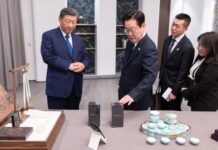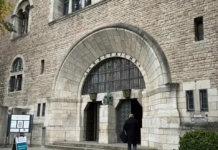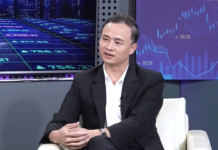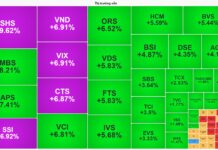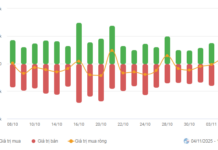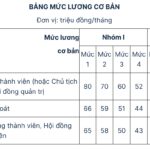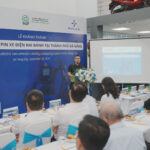Following the feedback received from businesses at the Standing Committee of the Government’s conference with enterprises on solutions to contribute to the country’s socio-economic development on September 21, Minister of Transport Nguyen Van Thang stated that according to the strategic plan, Vietnam needs approximately VND 2 million billion just for the road, aviation, and waterway sectors.
HUGE CAPITAL NEEDS AND THE NECESSITY FOR PRIVATE SECTOR INVOLVEMENT
“We currently have over 1,000 kilometers of expressways, and by 2025, we plan to have an additional 1,000 kilometers, reaching approximately 5,000 kilometers by 2030. This represents a significant investment by the Party and the State in the development of transportation infrastructure,” emphasized Minister of Transport Nguyen Van Thang.
However, by 2030, the projected demand for transportation development is expected to be substantial. Excluding the high-speed railway sector and project, more than VND 2 million billion is required, with the state budget expected to contribute over VND 1 million billion. The remaining VND 1 million billion will need to be mobilized from social sources, including enterprises. If the high-speed railway and standard railway projects are taken into account, an additional VND 3 million billion will be needed. The high-speed railway alone is estimated to cost more than VND 1.7 million billion.
As a result, there is a significant need for social mobilization, and the Minister of Transport emphasized the desire to continue receiving investment interest to develop the transportation infrastructure sector.
Regarding road transport, the Ministry of Transport will soon collaborate with other ministries and sectors to implement bidding for toll collection on all expressways that the state has invested in. This presents a great opportunity for businesses to participate.
Additionally, there are several transport projects suitable for the build-operate-transfer (BOT) model, and the Ministry of Transport encourages enterprises to continue investing and participating in these projects. To achieve this, the government will introduce various mechanisms and policies and submit them to the National Assembly for approval to facilitate enterprises.
In the railway sector, apart from the high-speed railway, there are numerous projects for mixed-use and urban railways. According to calculations by the Ministry of Transport, railway projects alone will create a construction market of approximately USD 75.6 billion and a production market of over USD 34 billion. Regarding equipment for high-speed railways with speeds of 250 km/h and 350 km/h, there are no significant differences.

Responding to the localities’ proposal on port planning, Minister of Transport Nguyen Van Thang confirmed that the Prime Minister had approved two plans: the group port planning and the detailed planning. The Ministry of Transport has been working on these two plans simultaneously.
Regarding the group port planning, the Ministry of Transport has submitted it to the Prime Minister, and the Deputy Prime Minister in charge has convened a meeting to consider it. On September 5, 2024, a communication regarding this matter was issued. It is anticipated that the port planning will be available for implementation in September…
56% OF ADMINISTRATIVE PROCEDURES TO BE DEVOLVED TO LOCAL AUTHORITIES
At the conference, Minister of Natural Resources and Environment Do Duc Duy discussed several issues pertaining to land, the environment, and minerals, as raised by enterprises.
Concerning land, Minister Do Duc Duy shared that today’s conference was held after more than a month of implementing the new Land Law, which introduced changes compared to the 2013 Land Law. Many of the enterprises’ proposals have been incorporated, adjusted, and supplemented in the new Land Law and its guiding decrees.
Regarding the challenges faced by enterprises in developing industrial parks, especially the land-use indicators for agricultural land or other purposes, Mr. Do Duc Duy stated that the Land Law has stipulated land-use objectives according to provincial planning. On September 20, the Ministry issued a document to the provinces and centrally-run cities, requesting them to adhere to the Land Law and its guiding decrees.
Addressing the proposal by Sun Group related to land allocation based on site clearance progress and land pricing at the time of allocation, the Minister of Natural Resources and Environment affirmed that the Land Law and its guiding decrees stipulate that land is allocated according to the progress of site clearance, and land pricing is determined at the time of allocation.
The Law and guiding decrees on transitional handling also state that if land has not been paid for since January 1, 2005 (when the 2003 Land Law took effect), the time of land allocation will be used to determine the land use fee.
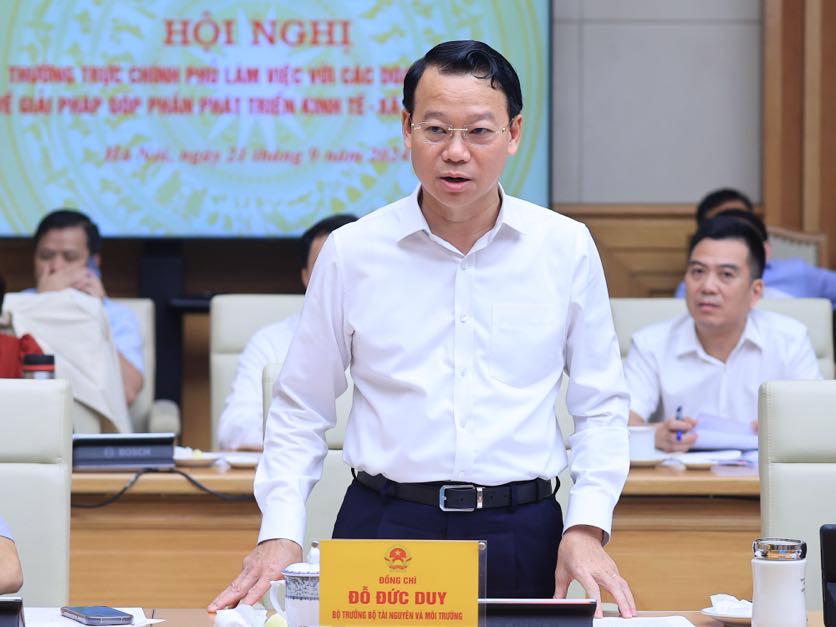
For land used for mixed purposes, there are specific regulations for calculating land use fees according to mixed-use land types, such as Sun Group’s projects for tourism development.
Regarding Gleximco’s proposal on land allocation to strategic investors for large-scale project implementation, the Ministry of Natural Resources and Environment agreed with the adjustment of regulations on bidding. The Prime Minister has assigned the Ministry of Planning and Investment to study and select strategic investors through direct appointment rather than bidding.
Also related to Gleximco’s proposal on one-time or 50-year land use fee payment for apartment buildings, according to the Ministry of Natural Resources and Environment, the National Assembly has decided that the ownership form of apartment buildings is long-term. Therefore, the land use must be long-term, and the land use fee is calculated based on residential land. In the case of building apartments for rent, the land is considered commercial service land. In this case, the investor can choose to pay the land use fee once for the entire lease period or annually, according to the Land Law.
On the subject of environmental procedures, investors have suggested administrative reforms. The Minister of Natural Resources and Environment stated that the Ministry had proposed amendments to Decree 08 on Environmental Protection, resulting in an 11% reduction in environmental procedures, meaning they no longer need to be implemented. Additionally, 56% of the procedures that previously required approval from the Ministry will be devolved to local authorities.
Regarding minerals, previously, enterprises were allowed to exploit mines, and at the end of the exploitation period, they were responsible for mine closure. However, according to the Mineral Law 2010 and Decree 158 of 2016, to complete mine closure, enterprises must fulfill their financial obligations to the State. This has led to challenges with the Quy Sa mine and potentially the Thach Khe mine as well.
Therefore, following the Prime Minister’s instructions, the Ministry of Natural Resources and Environment will coordinate with the Ministry of Finance next week to propose to the Government that mine closure should still be implemented, and financial obligations will be included in the decision approving the mine closure proposal, binding the investors. The Minister of Natural Resources and Environment assured that this issue could be resolved for both the Quy Sa and Thach Khe mines.
At the conference, Deputy Minister of Planning and Investment Tran Quoc Phuong stated that the Ministry of Planning and Investment would take on board the enterprises’ opinions and link them to the process of perfecting the institutions related to the Ministry. In addition to listening to the enterprises’ opinions, the Ministry of Planning and Investment also proposed that enterprises should unite and develop together to contribute to the country.
Taiwanese Firm Plans $100 Million Factory in Ha Tinh Province
The Dai Loi Pho Group, a leading developer and supplier of sports footwear materials, is eyeing the Lac Thien Industrial Cluster in Duc Tho District, Ha Tinh Province, as the potential site for their new factory. With an estimated area of 30 hectares, this new development promises to be a significant addition to the region’s industrial landscape.
The Billionaires’ Address to the Prime Minister: A Visionary Appeal for Progressive Change.
Let’s establish Vietnam as a regional and global aviation hub, suggests aviation billionaire Nguyen Thi Phuong Thao – Chairwoman of Sovico Group – in a proposal to the Prime Minister.
The Highest Salary in a State-Owned Enterprise is 80 Million VND/Month
The proposed highest base salary for the Chairman of the Members’ Council (or Chairman of the Company) and the Chairman of the Board of Directors of a state-owned enterprise is an impressive 80 million VND per month. This figure represents a significant sum and is indicative of the value and importance placed on these pivotal leadership roles within the organization.

